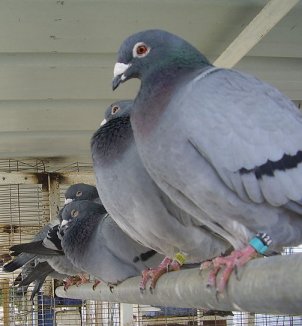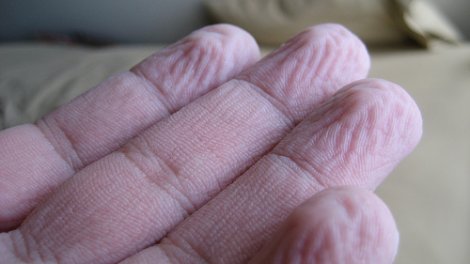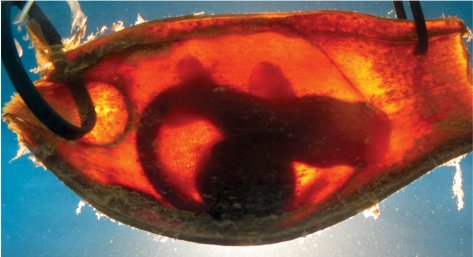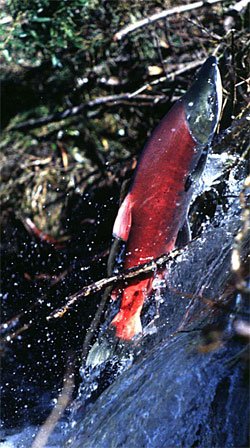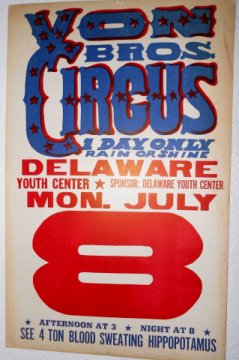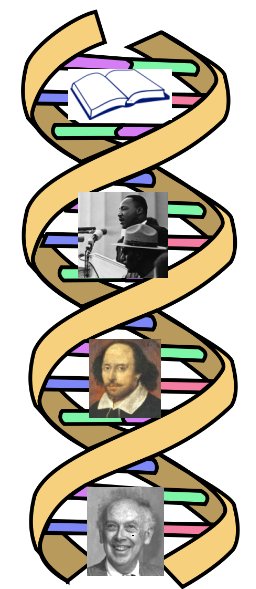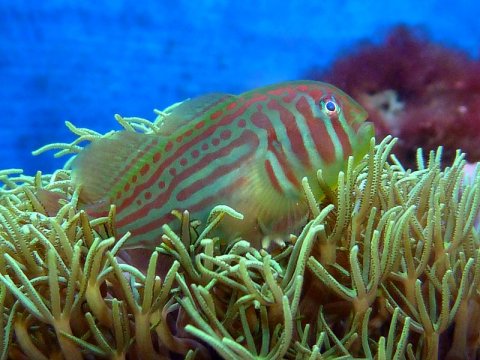
Anyone who has read this blog for a while knows that I am fascinated by the mutualism that seems to be all over creation. You can seem some of my previous posts about this topic here, here, here, here, and here. I recently came across a study that provides another example of mutualism in one of favorite habitats: a coral reef. As an amateur scuba diver, I spend a lot of time enjoying the wonders of coral reefs, and the more we study their biology, the more amazed I am at the interconnectedness that exists among their inhabitants.
The authors of the study were trying to understand how a very common species of coral, Acropora nasuta, protects itself against the toxic seaweed Chlorodesmis fastigiata. This particular seaweed attempts to take over a coral reef by producing chemicals that harm the coral. The chemicals reduce the coral’s ability to grow and feed, allowing the seaweed to “muscle in” on the coral’s turf. When the seaweed is completely successful, it chokes out the coral, forming a shrubby thicket where the coral once was.
As the authors note, previous studies have already shown that overfished coral reefs are more likely to be taken over by such seaweed, so they wondered if perhaps the fish that live in the coral reefs provide some sort of protection for the coral. They found that certain species of goby (particularly the broad-barred goby, Gobiodon histrio, and the redhead goby, Paragobiodon echinocephalus) do, indeed, protect the coral from the seaweed, but the process by which this happens is rather surprising.

